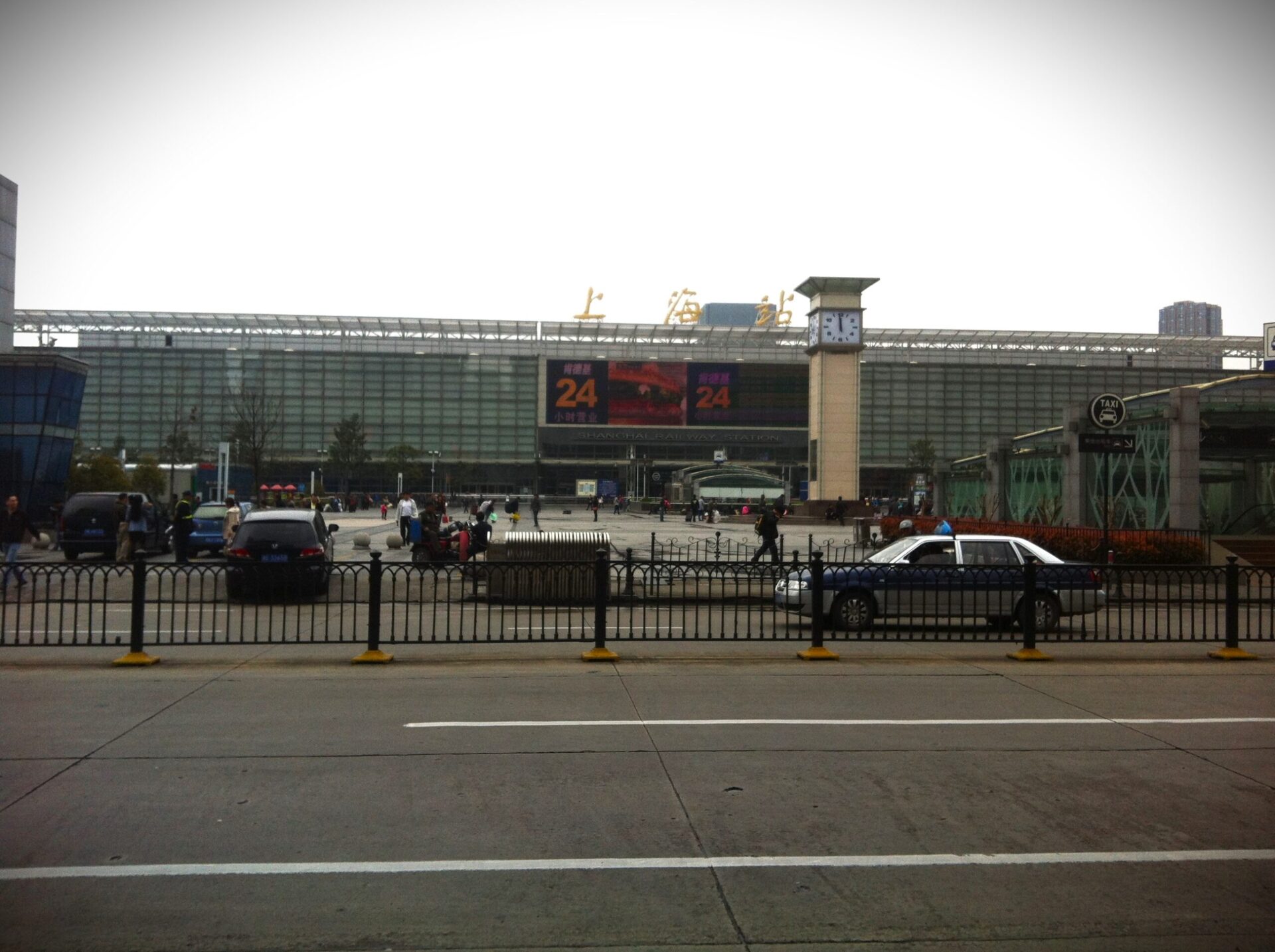



What To Expect In China
China is a vast and diverse country, offering a rich blend of history, culture, and modern innovation. From the ancient wonders of the Great Wall and the Terracotta Army to the bustling metropolis of Shanghai, China presents travelers with a unique blend of old and new. Visitors can expect to encounter a variety of regional cuisines, centuries-old traditions, and a rapidly evolving urban landscape. With its vast size, China’s experiences vary greatly from region to region, making it a fascinating country to explore.
Language: The official language of China is Mandarin Chinese (Putonghua), spoken by the majority of the population. In cities like Beijing and Shanghai, many signs and announcements in public transport are bilingual, featuring both Chinese and English. However, outside major tourist areas, English may be less common, so having a translation app or learning a few basic phrases like “hello” (nǐ hǎo) and “thank you” (xièxiè) can be helpful.
Currency: The official currency in China is the Chinese Yuan (CNY), also known as Renminbi (RMB). Credit cards are widely accepted in upscale hotels, restaurants, and major retail outlets, but it’s always a good idea to carry cash for smaller shops, markets, or rural areas. Mobile payments using apps like WeChat Pay and Alipay are very popular among locals, but these may require a Chinese bank account. The exchange rate is typically around 7 CNY to 1 USD, but it’s advisable to check current rates before your trip. ATMs are plentiful in urban areas and provide an easy way to withdraw local currency.
Climate: China’s vast geography means its climate varies significantly across regions. The northern cities like Beijing experience cold winters (December to February) and hot summers (June to August), with spring (March to May) and fall (September to November) being the most pleasant times to visit. In southern cities like Hong Kong and Shanghai, winters are milder but summers can be hot and humid, especially during monsoon season. The best time to visit China overall is during spring (April to May) and fall (September to October), when the weather is mild and perfect for sightseeing.



